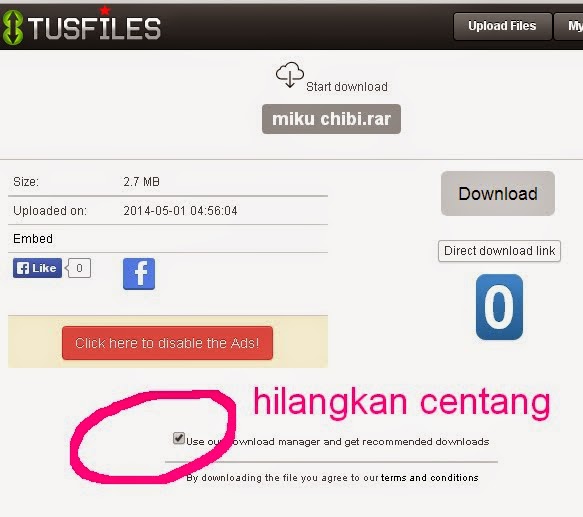In 2003, Trust and Betrayal was collected into a two hour feature-length motion picture with new animated sequences and released in North America as a Director's Cut DVD.[1]
Contents[hide] |
[edit] Plot
The story starts off with a bandit raid going on. A young boy named Shinta is saved from death in the bandit raid by Hiko Seijuro. Hiko tells the boy to go to the nearby village and live there. Returning to the site of the attack, he finds Shinta still there, having buried all of the dead, including the bandits. Shinta expresses his regret for not being able to protect the ones he was with, so Hiko offers to properly train him to give him the power to protect. Hiko changes the boy's name to Kenshin, a name he felt was more appropriate for a swordsman.Years later, during his time as a Hitokiri, Kenshin kills a bodyguard named Kiyosato Akira, who is the fiancé of Yukishiro Tomoe. The encounter with Kiyosato leaves Kenshin with the first half of his cross-shaped scar. After fighting with another assassin, Kenshin meets Tomoe. Kenshin takes her to the inn where he is residing, where the owner mistakes her for a prostitute and nearly sends her away. The presence of her there brings a sort of relief to the stressed men of the Choshu clan, but raises the suspicion of the leader, Katsura Kogoro, who has her investigated covertly.
After the Ikedaya affair, when Kenshin's cover as the shadow Hitokiri is blown, Katsura arranges for Kenshin and Tomoe to hide in the village of Otsu as husband and wife, so the two would not be suspected. After a few months, Tomoe's brother Enishi comes to visit and secretly reveals to his sister that the shogunate spies assigned to track down and kill Kenshin are close by, and that her revenge will be complete. Tomoe sends Enishi off, feeling ill at ease. It is here that Tomoe realises that she has fallen in love with Kenshin. The next day, Tomoe leaves the house and tries to persuade the shogunate men to give up their pursuit of Kenshin, and attempts to kill their leader. Tomoe fails.
The morning of Tomoe's disappearance, Kenshin is visited by a comrade who tells him that the one who set the assassin on him was Tomoe and that she is meeting at that moment with her co-conspirators.
On his way toward the house where Tomoe is supposed to be, Kenshin faces three of the four shogunate agents and becomes badly injured. While Kenshin is fighting with the fourth agent, Tomoe steps in between the two and gets killed in order to save Kenshin's life. Before her death, she gives him the second part of his cross-shaped wound. Kenshin takes her death hard and blames himself, swearing to fight to bring about the age desired by Katsura, and after that to continue fighting to protect down-trodden people without taking another life.
[edit] Production
Daryl Surat of Otaku USA stated that this series uses a more "realistic" art style than the television series uses, and that the series has "graphic, bloody violence galore" beginning in the opening sequence.[2]One of the major themes of Trust is understanding the repercussions and after-effects murder can have, something that Kenshin has yet to comprehend though others have tried to point it out to him.[3]










0 comments:
Post a Comment